Before we begin, let’s establish some rules. Generally, prescribed burning is done in pine stands. The reason is that hardwood bark can be thin and is not a good insulator against heat build-up during a fire. Fire can damage the hardwood tree making it more susceptible to fungi and rot.
Most of the southern pines do great in a fire ecosystem. The bark is thick and the tree is a natural invader of open areas, like those caused by fire or fallow fields.
Now, let’s carefully examine the pictures:
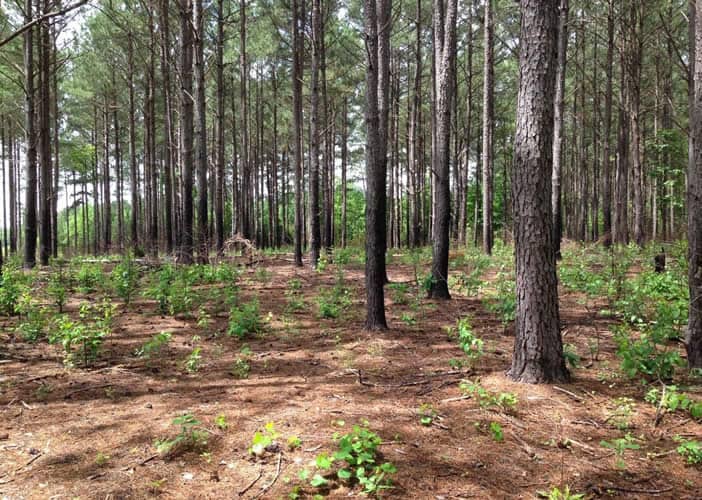
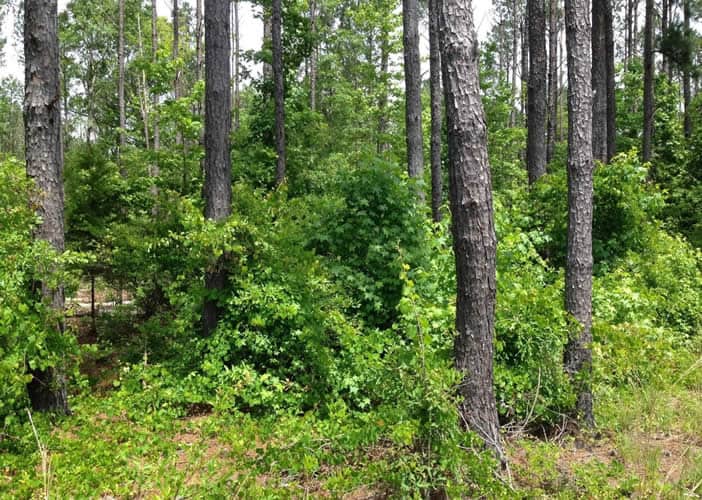
Believe it or not, these trees are the same age; they are separated by a fence. One owner elected to burn his property, while the other chose not to do so. Burning will actually put money in your pocket. In fact, the trees are bigger on the site that was burned.
The fire helps eliminate the herbaceous and woody competition on the site; therefore more water, nutrients, and sunlight are available to the trees. Another benefit of prescribed burning is visibility and accessibility. A forester cruising the timber needs good visibility. Whether he is using fixed radius plots or variable radius plots, he has to see the trees. Foresters can miss a tree during a cruise if the undergrowth is thick.
There is a minimal cost for conducting a control burn. The Georgia Forestry Commission said most of the fires they conduct cost the landowner between $12 and $17 per acre. In most cases, the LARGER the tract, the CHEAPER the burn!
Burning is a win-win situation and there are very few reasons not to burn. It helps keep a forest healthy.
This content may not be used or reproduced in any manner whatsoever, in part or in whole, without written permission of LANDTHINK. Use of this content without permission is a violation of federal copyright law. The articles, posts, comments, opinions and information provided by LANDTHINK are for informational and research purposes only and DOES NOT substitute or coincide with the advice of an attorney, accountant, real estate broker or any other licensed real estate professional. LANDTHINK strongly advises visitors and readers to seek their own professional guidance and advice related to buying, investing in or selling real estate.






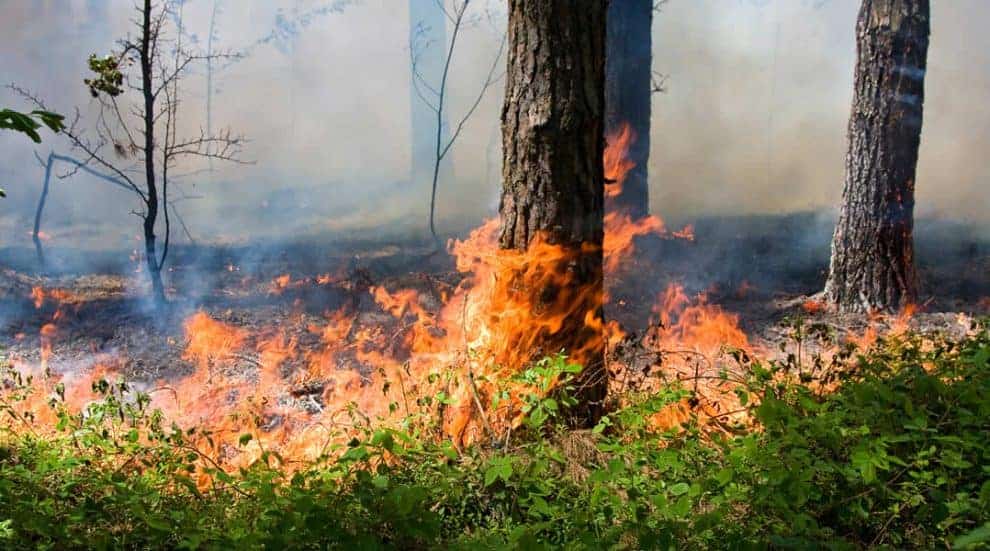

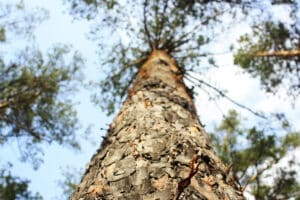
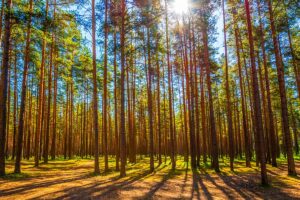
I enjoyed the article on controlled burning. Then was pleasantly surprised to see it was written by my long time friend and fellow ALC (Accredited Land Consultant) Kent Morris, ALC.